A boy was bitten by a dog while visiting for the New Year, causing serious injuries. Experts are concerned that the subjective mentality of dog owners has endangered the community.
A boy was bitten by a dog while visiting for the New Year, causing serious injuries. Experts are concerned that the subjective mentality of dog owners has endangered the community.
Extending the worry
The Department of Orthopedics and Spinal Neurology, Central Hospital for Tropical Diseases has just admitted a boy named BA (10 years old, from Hanoi) with many injuries on his body, including his temples, thighs, arms and legs. The injuries have obvious and serious teeth marks due to being bitten by a dog while visiting people to wish them a happy new year.
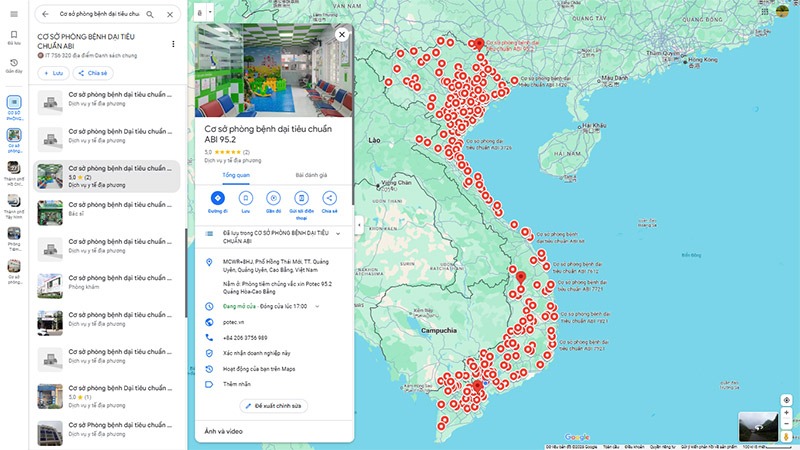 |
| The project "Mapping ABI standard rabies prevention facilities" has achieved many positive results. |
Immediately after the examination, the doctors performed 9 stitches on the large open wounds and took care of the remaining wounds.
Doctor Pham Van Tinh, Department of Orthopedics and Spinal Neurology, said that the patient is closely monitored for 5-7 days to check for signs of infection (swelling, heat, redness, pain, pus).
Although it was Tet holiday, for the health of the patients, the Central Hospital for Tropical Diseases mobilized staff from the Vaccination Department to inject anti-rabies serum, rabies vaccine, and tetanus vaccine immediately after the wounds were treated.
Also regarding rabies, on February 2, the People's Committee of Ia Hrung Commune, Ia Grai District, Gia Lai Province announced that a man who specialized in trading and slaughtering dogs died of rabies. The victim was Mr. NVC (born in 1952), residing in Thanh Ha Village, Ia Hrung Commune. Mr. C. had been a dog butcher in the locality for many years.
According to local information, in early 2024, during the slaughter process, Mr. C. was bitten twice on the hand by a dog. Because the wound was shallow and there was little bleeding, he only washed it with water without getting vaccinated. Because he was used to the slaughter work, he did not pay attention to the dog's condition.
On January 23, he began to have a high fever and bought medicine to take himself. On January 26, feeling tired, chilled and aching, he went to Gia Lai General Hospital for examination. There, the doctor diagnosed him with rabies. Despite treatment, his condition rapidly progressed and he passed away on the morning of January 27.
It is known that Mr. C. has been working as a dog butcher for more than 3 years and often works alone.
According to Dr. Tran Quang Dai, Vaccination Department, Central Hospital for Tropical Diseases, rabies is an acute infectious disease caused by the rabies virus. The disease is transmitted mainly through bites, scratches, or licks from rabid animals on damaged skin.
Clinical manifestations of rabies in humans are fear of water, fear of wind, convulsions, paralysis and death. Once rabies has occurred, the mortality rate is almost 100% (for both humans and animals).
Rabies in humans can be prevented and treated with vaccines and anti-rabies serum. Vaccination against rabies in both humans and animals (mainly dogs) is an effective measure to prevent and control rabies.
People bitten by dogs should immediately go to the nearest medical center for advice and timely rabies vaccination.
To prevent rabies, the Ministry of Health recommends that people take measures such as vaccinating dogs and cats against rabies: People need to fully vaccinate their pets against rabies and re-vaccinate according to veterinary recommendations. This is the most effective measure to reduce the risk of rabies spreading.
Avoid contact with animals showing unusual behavior: Especially with children, do not play with or tease dogs or cats, especially animals showing strange behavior such as barking loudly, attacking without reason or running away.
When bitten by a dog or cat, people need to immediately wash the wound under running water for 15 minutes, disinfect with 70% alcohol or antiseptic. After that, need to get rabies vaccine and/or anti-rabies serum as soon as possible. Absolutely do not self-treat or seek treatment from a witch doctor.
Restricting the trade and slaughter of dogs and cats: Localities need to strengthen control over the trade of dog and cat meat, and at the same time inspect and strictly handle establishments trading in animals of unknown origin.
When at risk of rabies: Go immediately to the nearest medical facility for examination and timely treatment.
Dr. Nguyen Tuan Hai from the Safpo/Potec vaccination system recommends that getting vaccinated against rabies before exposure is the most effective way to protect your health.
Early vaccination not only reduces the number of injections needed but also simplifies the treatment process. However, rabies vaccination is still necessary immediately after a bite to avoid the risk of death.
Although many people are concerned about the side effects of vaccines, especially the effects on the nervous system, according to Dr. Hai, the new generation of rabies vaccines produced with modern technology has minimized such side effects. This helps people feel more secure when getting vaccinated.
Rabies remains a major threat to public health, especially in remote areas. The Ministry of Health has called on health agencies and local authorities to step up rabies prevention education, especially in areas with low vaccination rates and uncontrolled stray dog populations.
Along with that, authorities need to take measures to closely monitor rabies vaccination for pets and strictly control the trade of wild animals and dog and cat meat.
Strengthening these measures will help reduce the risk of rabies spreading, protect public health, and minimize future rabies deaths.
Weapons against rabies
Rabies is a dangerous disease with an almost absolute mortality rate if not promptly intervened. In response to this situation, the project "Establishing a map of ABI-standard rabies prevention facilities" of AMVGROUP Medical Joint Stock Company was born, helping to minimize risks to people and protect public health.
Dr. Luong Kim Dinh, Safpo/Potec vaccination system, said that the project "Mapping ABI standard rabies prevention facilities" will start in April 2024.
This process is divided into three main stages: research and development: The project team analyzed search methods on Google Maps, identified the requirements and standards needed to update vaccination facility data on this platform.
Testing: The pilot phase successfully put the entire Safpo/Potec vaccination system - a widespread network of vaccination rooms - on the map, evaluating its effectiveness and practical applicability.
Operation: With close coordination between partners, the project has so far updated more than 200 qualified vaccination facilities on the ABI standard rabies prevention map (abbreviation: ABI) as of November 2024.
With a target of 1,000 points nationwide, we hope that this project will ensure progress. These vaccination points will always be guaranteed to operate according to professional regulations, always have vaccines and anti-rabies serum available, meeting the needs of the people at all times.
Powered by Google Maps, the ABI map is more than just a search engine. It is designed to connect people to the nearest health facility with rabies vaccine and serum. With just a few taps on a smartphone, any geographical distance is shortened, providing access to timely treatment – which for many people can mean the difference between life and death.
Each vaccination point on the map is not just a physical address, but also a commitment from the health system that anyone, anywhere, deserves to be protected from the dangers of rabies.
Not only serving the people, according to Dr. Kim Dinh, the ABI map is also a powerful tool for medical facilities and supply chains. The system helps automate supply management, ensuring that vaccination clinics participating in this project always maintain adequate supplies of vaccines and anti-rabies serum, avoiding the situation of vaccine not being available at any given time.
With more than 1,000 vaccination points to be integrated, the ABI map is not only a tool, but also a bridge connecting the harmonious coordination between technology, healthcare and practical needs of the community.
At the same time, the project supports the national program to effectively monitor the quality and quantity of vaccination facilities, contributing to building a more sustainable health network.
The ABI project aims to build at least one rabies vaccination site in every district nationwide, with the expectation of reaching 1,000 sites and more.
In the future, real-time data will be integrated, providing accurate information on vaccine inventory at each facility, helping to ensure the standard quality of these facilities, in addition to improving management efficiency and rapid response to urgent needs.
Facilities participating in the ABI map will also participate in specialized training programs on pre-exposure and post-exposure rabies prevention conducted by the National Rabies Control Program in collaboration with the Company.
The ABI map helps increase people's access and connection to vaccination clinics, helping to enhance the reputation of health facilities through online interactions with people. This is also a motivation for facilities to maintain operating standards and better meet the needs of the community.
The project “Mapping ABI Standard Rabies Facilities” is not only a step forward, but also a deeply humane solution. It represents a joint effort of many organizations to protect public health, raise awareness and reduce the serious impact of rabies. This is a big step towards a safer and healthier society.
The project implementation process was well organized, with a clear roadmap and cooperation between stakeholders, from technology experts to medical facilities. This shows a serious investment in both intelligence and resources.
However, the biggest challenge is ensuring that data is always updated accurately and consistently. Maintaining the continuity and quality of each facility, especially when expanding to 750 injection sites in the coming period, will require strong cooperation and long-term commitment from related units.
Source: https://baodautu.vn/moi-lo-benh-dai-va-vu-khi-ngan-chan-hieu-qua-d244061.html







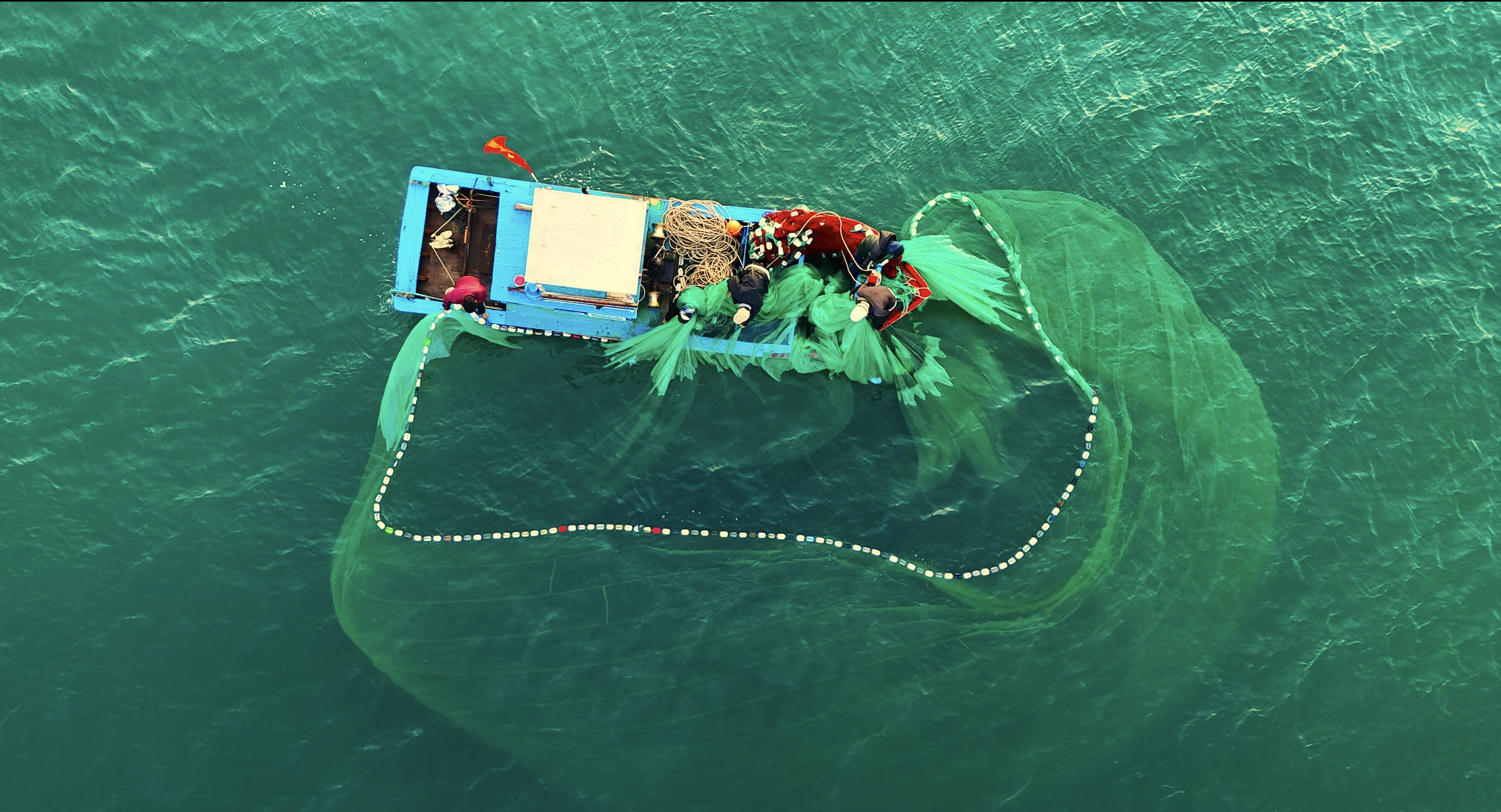




























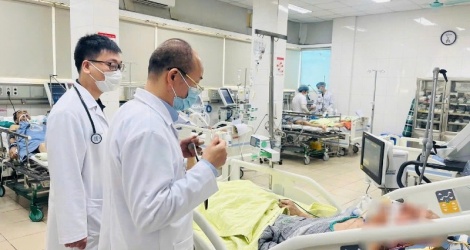
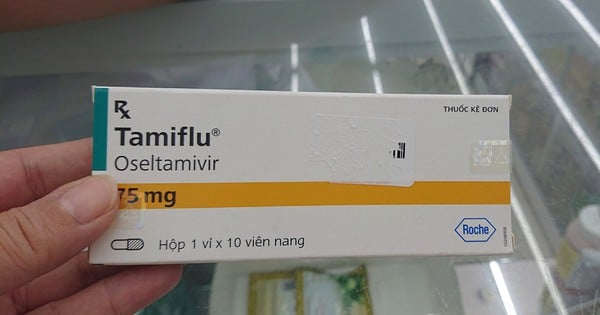













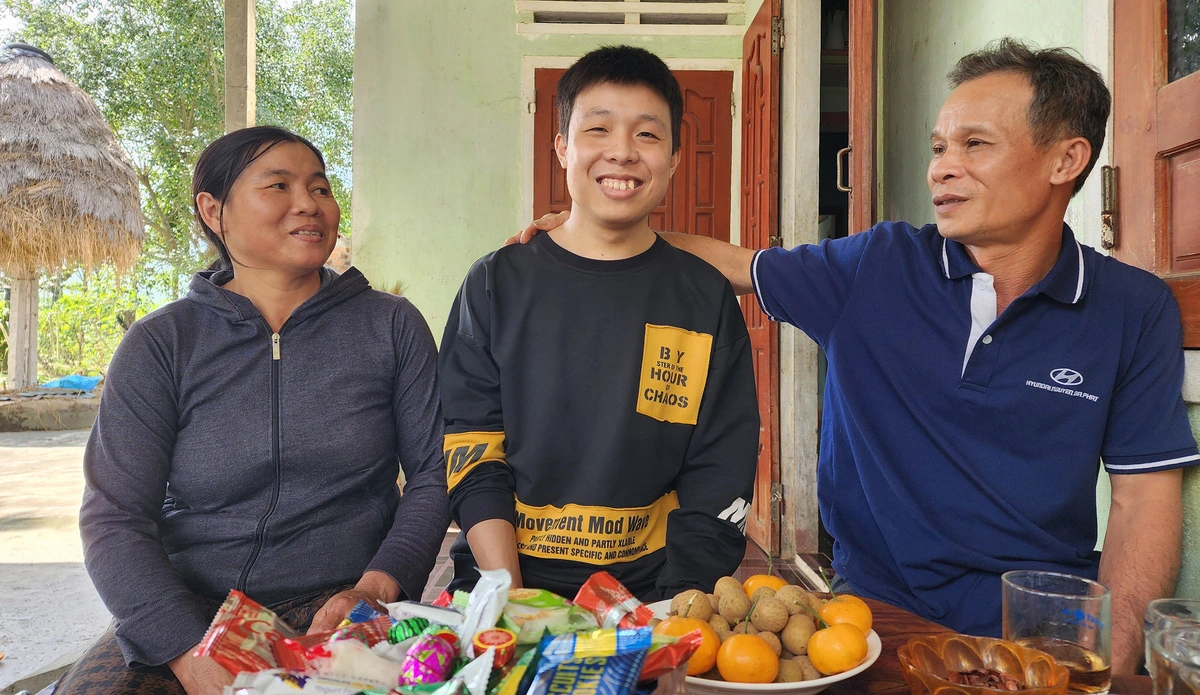







Comment (0)